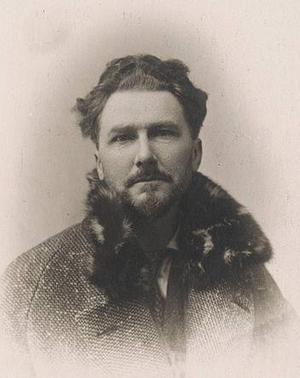Some challenges are fun to accept. Creating an original guide on how to write the poetry form sestina, including snippets about the history and composition, sounded enjoyable. Finding an example for the hyperlink took a bit of time, as some of the more famous sestinas are merely rants with foul language.
History
The famous French troubadour Arnaut Daniel created the sestina in the 12th century. At first iambic pentameter and rhyming were required; most writers disregard the need today. First composers of sestinas include the Italian Renaissance poets Dante and Petrarch. Modern poets known for their creative sestinas are Ezra Pound and Elizabeth Bishop (1911- 1979), who in 1949 was honored by being named Poet Laureate of the United States.
Composition
A sestina usually includes the word “sestina” in the title. Many have the title “Sestina” with no further description.
Six core words create the sestina, which has 39 lines total. Rhyming and relationship are not required. The trick is building the writing around the words. It consists of 6 six-line stanzas and an ending three-line stanza called a tercet.
The six lines in each stanza end with one of the core words, designated by positioning rules. Each word occurs once in the stanza and rotates through the six different lines. Two of the core words are used in each line of the tercet and can be positioned anywhere within the line.
Put the core words at the end of each line as follows:
Stanza 1: 1, 2, 3, 4, 5, 6
Stanza 2: 6, 1, 5, 2, 4, 3
Stanza 3: 3, 6, 4, 1, 2, 5
Stanza 4: 5, 3, 2, 6, 1, 4
Stanza 5: 4, 5, 1, 3, 6, 2
Stanza 6: 2, 4, 6, 5, 3, 1
Tercet
Line 1: 2 & 5
Line 2: 4 & 3
Line 3: 6 & 1
Read other sestinas to see how the rhythm and theme of the piece varies. Then write down six random words consisting of one or two syllables and number them 1 through 6, such as:
1.dog, 2.cat, 3.yard, 4.fish, 5.river, 6.mouse.
Write the core word for each line in the stanza in the required order. The guide for stanzas 4 and 5 would look like this:
(stanza 4) river, yard, cat, mouse, dog, fish
(stanza 5) fish, river, dog, yard, mouse, cat
The guide for line 2 of the tercet would list fish and yard, words 4 and 3.
The above tip saves a lot of searching as the writer tries to remember which order the words fall.
A sestina creates a work of art that expresses feelings about something or is just a whimsical piece of inspiration. Go here to read Elizabeth Bishop’s “Sestina.” Try writing a sestina using the above tips. Perhaps someday your sestina will be the example listed in a new guide.
Sources:
Answers.com, “Elizabeth Bishop”
Bob Holman & Margery Snyder, “Sestina”
Wise Geek, “What is a Sestina”
Personal experience and opinions
